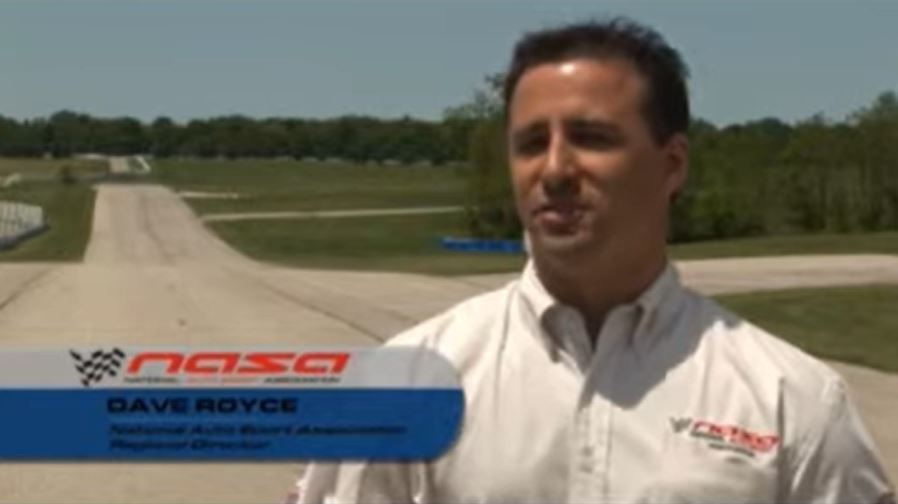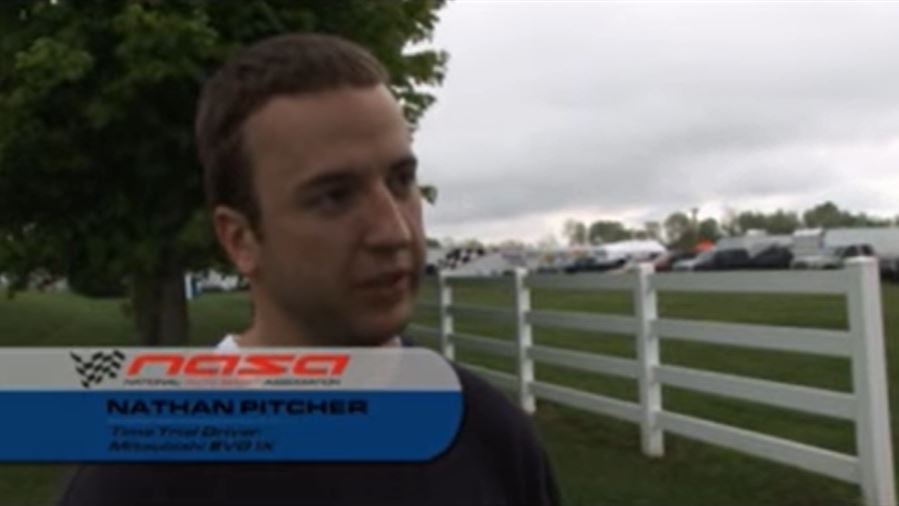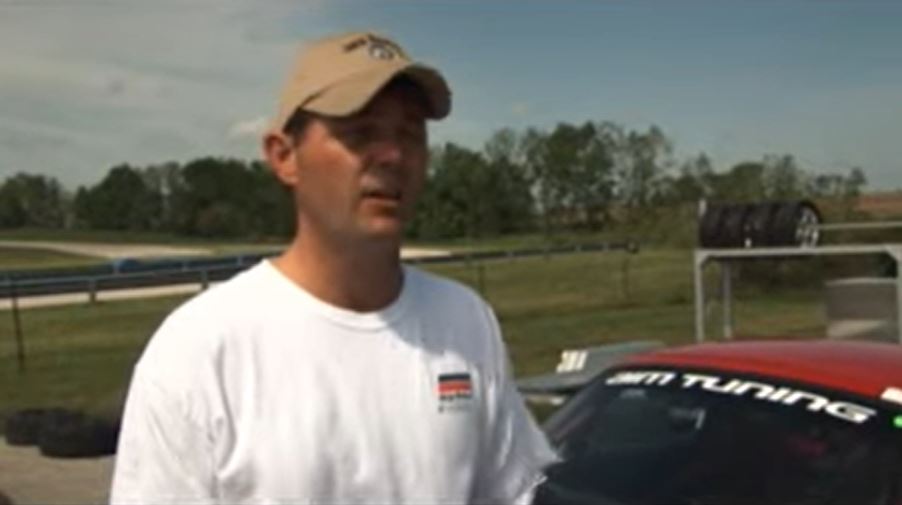Getting Started with the
National Auto Sport Association.
Welcome to the National Auto Sport Association. We are a business dedicated to organizing and promoting racing activities for both the aspiring or accomplished racer. The National Auto Sport Association (NASA) was formed in 1991 to deliver high quality motorsports events to enthusiasts at major racing venues throughout the nation. NASA has created programs that allow owners of both racecars and high-performance street-driven vehicles to enjoy the full performance capabilities of their cars in a safe and controlled environment.
NASA offers many different programs that will allow you to enjoy motorsports on a number of different levels, including our High Performance Driving Events (HPDE), Rally Sport, Time Trial, NASA-X and Competition Racing programs.
Regional Contact
Have friends interested in joining?
How do I get started?
The answer is, “it is easy”. In fact, it is far easier than most people realize. Here are the high-level requirements:
- 18+ years old (16 w/parental consent)
- Valid state driver’s license
- Access to ANY car deemed to be in a safe operating condition (Please note: Convertibles require factory rollover protection or aftermarket rollbar)
- A helmet with an “SA” (Special Application) and “Snell” rating (Please note: Snell helmets with an “M” Motorcycle rating is also acceptable for HPDE)
- Good attitude, Patience, willingness to listen, learn and have fun
- NASA membership
You don’t need a “race car” or know anything about car classing. You also don’t need a major sponsor or a crazy budget. You don’t need to be an expert driver. Our beginner program focuses on safety, driver education, and fun! Students are encouraged by our certified and professional instructors to only drive as fast as they feel comfortable going. If that means they simply want to experience driving on a race track at typical freeway speeds, that’s okay. On the flip side, if someone has dreamed about driving triple digits speeds around a turn as well as down the main straight, that’s okay too! As long as a commitment to discipline and car control is displayed, there are no speed limits as a beginner.
Is it dangerous?
There is no doubt that driving fast can be dangerous. NASA understands that there is always a risk with driving on a track, but here are some considerations:
- There is no oncoming traffic or intersections
- All drivers are alert/aware
- All cars on track have been inspected and have been signed off to be in excellent mechanical condition
- No drivers are “under the influence” or falling asleep at the wheel
- No drivers are using their cell phones, smoking, or multitasking
- The chances of animals, kids, or general pedestrians jumping out on track in front of you have been severely reduced
- The chances of coming around a turn and finding a piece of household furniture in the middle of the track are highly unlikely, and we have staff monitoring track conditions at every turn and throughout events
- Classroom instruction is provided to everyone that will be on the track with you at the same time
- Certified/professional 1×1 instructor will be assigned to you at all times to help guide the way and ensure your experience is a safe, controlled, and FUN!
What class/program do I start in?
When you begin with NASA, there are no classes. We classify drivers by experience level instead of car tye. Drivers naturally become faster as they become more confident. This confidence only comes with experience and seat time at the track. All beginners will start out in High-Performance Driver Education level 1 (i.e. HPDE1).
Please note: Drivers who have had previous on-track driving experience with a similar organization might be eligible to skip NASA’s HPDE1 program. This will be decided on a case by case basis and is at the discretion of the “Chief Driving Instructor” or the “Regional Director.”
What steps do I need to take to sign-up?
- Register online for the upcoming event you want – View the schedule here and click on the “Register” button/link to take you to the online NASA National registration website
- Membership: When you register for your first event it will automatically add a 1-year membership to your order. A NASA Membership is only $45 and it includes a subscription to “NASA SpeedNews Magazine” and several other benefits!
I signed up! What do I need to do before the event?
Make sure your vehicle is in tip-top shape. If there is a mechanical problem with your vehicle, you don’t want to wait until the day of the event to address it. If there are any general maintenance items you’ve been putting off, take care of them now. Here are some areas you or your mechanic can check:
- Tires: Make sure they have plenty of tread and fill them up with the max recommended air pressure (you can always bleed some air out at the track if needed) and rotate if needed
- Lug nuts/studs: Make sure all lug nuts/studs are present and are torqued to factory specification
- Wheel bearings/bushings: Lift your vehicle off the ground and firmly move each wheel/tire checking for any “play”. If there is replace worn parts as needed
- Brakes: Make sure your brake pads and rotors have plenty of life, the pedal is firm and fluid is fresh/clean
- Brake lights: Make sure all brake lights are working as designed (Please note: You will not pass tech if they are not working)
- Seat belts: Good working order (if non-stock belts are used it must be at least a 5-point harness and properly installed per our CCRs. When in doubt, reach out to us by email.
- Fluids: Make sure all vital fluids are topped off and/or changed (if needed). There also should be no leaks.
- Battery: This MUST be anchored down securely with solid materials such as a metal bracket and J-bolts. No bungee cords, straps, or rope will be accepted. The battery must be enclosed in a proper battery case/box if it is located inside the cockpit area.
- Windshield: Minor chips and cracks are okay as long as they do not impair driving visibility and the tech inspector does not deem it as a safety hazard (Please note: this is 100% subjective to the Tech Officials. If in doubt, have the windshield replaced or repaired)
- Inspection: Get you car inspected before the event (race cars only), the official HPDE tech form can be downloaded here.
What do I need to bring on the day of the event?
- Completed Tech Inspection Form
- Helmet: The club does have several loaner helmets but to ensure a proper fit, it is always best to own your own
- Map/Instructions: Print out the online map and/or instructions on where to park, where to register, where to tech, etc.
- Notebook/Pen: For writing down details and notes
- Sunglasses/Sunblock: Protect yourself from the rays and open outdoor areas that can get hot in the summer.
- Water/Drinks/Snacks/Cooler: While many events may offer food vending, having your own prepped meals, snacks, and plenty of fluids around can save you time. You might also throw a lawnchair in your car!
- Patience, Respect, and a willingness to learn: You don’t know what you don’t know yet, but we will teach you!
What do I need to do on the day of the event?
- Dress appropriately: Wear comfortable/breathable pants and long sleeves so you can remain focused when on track
- Arrive early: Between 60-90 mins before the “Mandatory Drivers Meeting” to complete registration, tech, and ask/answer any questions you might have without feeling rushed
- Find a paddock space: Then immediately empty everything out of the car (floormats, spare tire, loose items, etc.
- Check-in with registration
- Bring completed Tech Inspection Form
- Attend mandatory Drivers Meeting: Bring a notebook and pen to take notes and be sure to ask any questions you have
- Have fun!
Referral Promotion
If you are new to NASA and have friends who already participate in our events you can both get a $75 discount via our Referral Program (Details in this link)!
Ready to drive with us?
Membership in the National Auto Sport Association will make you part of a large family of motorsports enthusiasts and will provide you many benefits!





